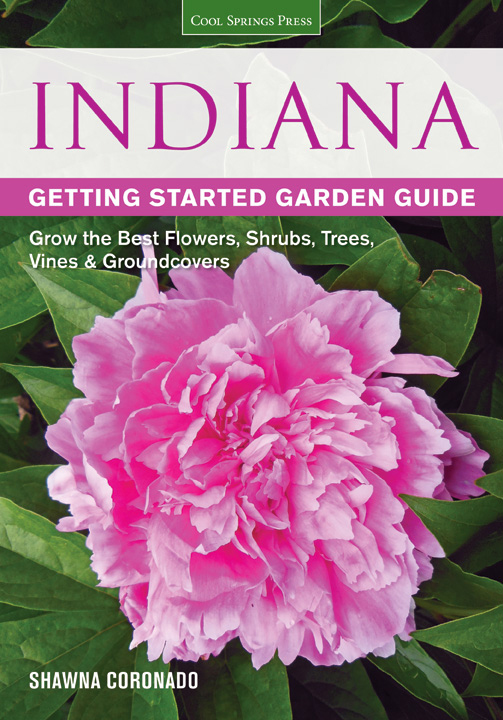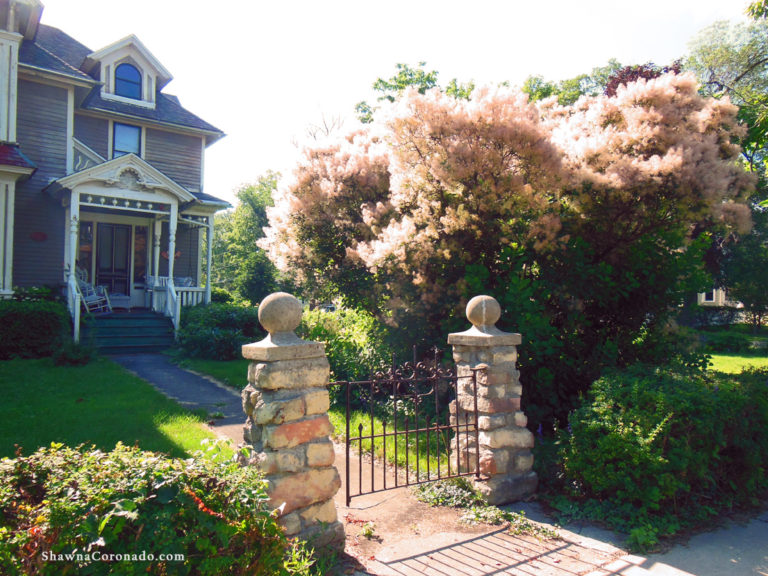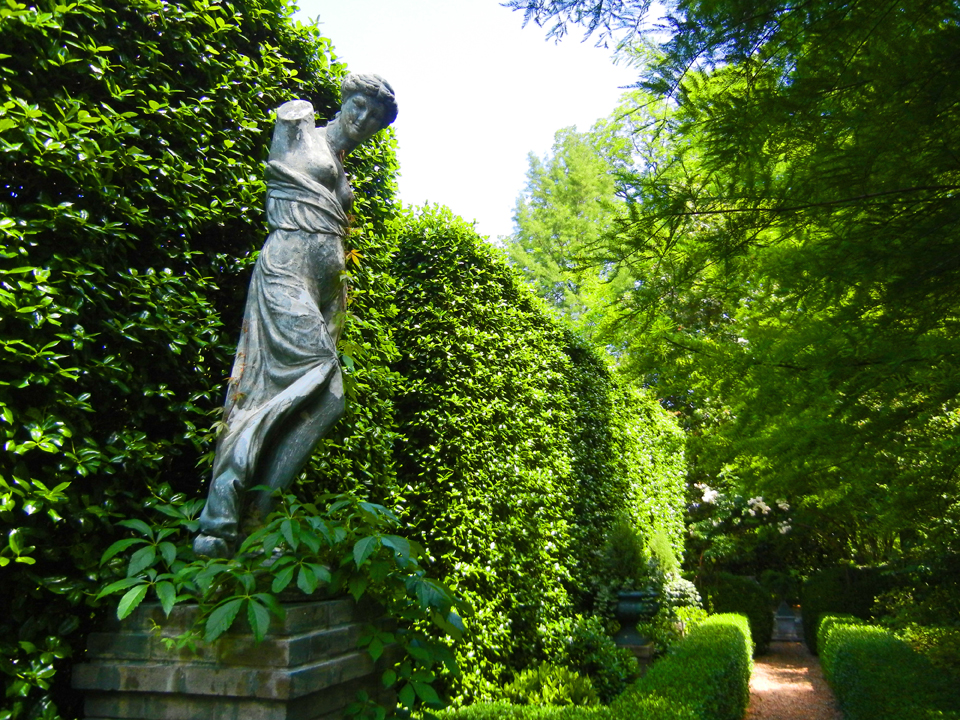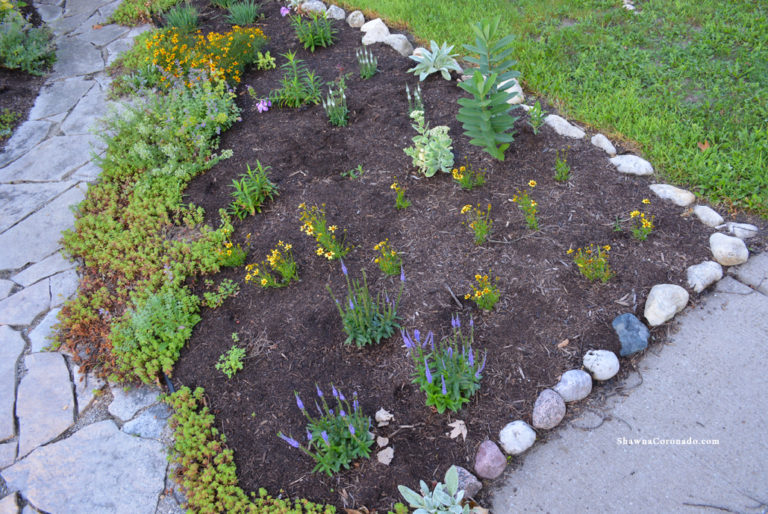Pine Trees for Winter Interest Landscaping
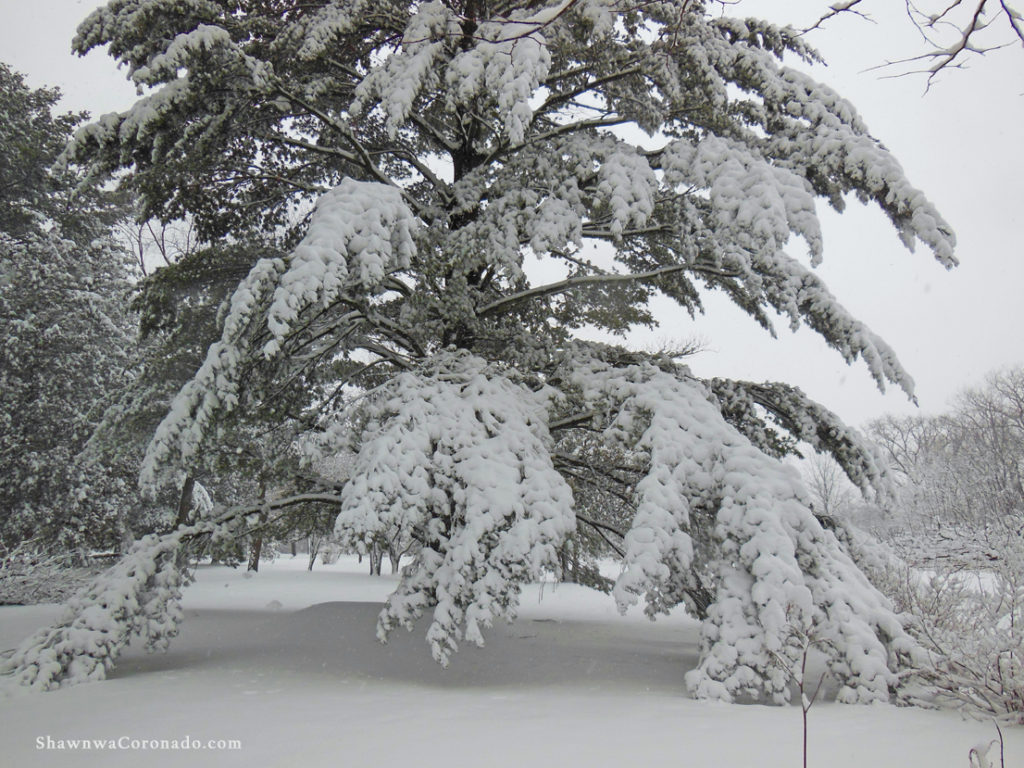
Pine trees are shallow-rooted conifers that offer gorgeous evergreen color year-round and a delicious pine scent. More important, they are a food source and residence for native wildlife. Birds, squirrels, pine martens, chipmunks, and mice are just a few of the creatures known to eat the pine nuts found in the pine cone. Pine trees grown in the proper conditions can live to be hundreds of years old. Pines are known as needled forest trees and can be planted in stands, as windbreaks and hedges, or used as erosion control when planted en masse on large hillsides. Pines are notorious, however, for not tolerating urban pollution and inner-city situations. They prefer open air and large growing areas that will fit their expansive girth. Below is an excerpt from the Indiana Getting Started Gardening Guide which can help you get started with this long-lived tree.
- Botanical name — Pinus spp.
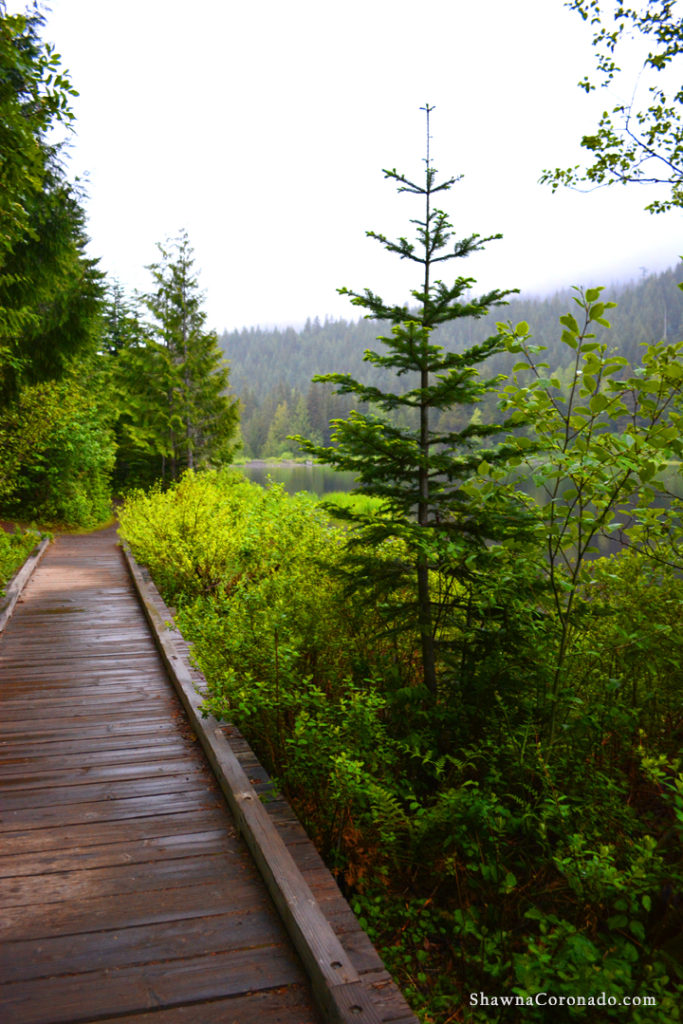
- Bloom Period and Seasonal Color — Evergreen foliage
- Mature Height × Spread — 50 to 80 feet × 20 to 35 feet
- Added Benefits – Year round color and interest – attracts birds
- Sun Requirements – Sun, Part Sun
When, Where, and How to Plant – Most pines are easily grown in full sun with fertile, moist, well-drained soil. Some pines suffer from harsh winter sun and wind; research varieties for the specific area where you will plant. Trees can be grown from seed but will take years to develop. Nursery-grown trees are preferable. Plants that are balled and burlapped should have as much of the burlap and wire basket removed as possible. Backfill around the rootball until it is about half-filled. Water the rootball and backfill well. Place the rest of the soil around the rootball, forming a “well” at the base of the plant.
Growing Tips – Young pine trees are particularly susceptible to sunburn and dehydration. Water the pine tree consistently until well established. Mulch the tree out to the drip line to help hold moisture. Consider installing a windbreak or screen to help protect the tree in its infancy. Once it is well established, the pine tree should be strong enough to tolerate sun and wind. Prune out dead branches and shape the tree in late winter.
Advice and Care – Protect young trees from foraging deer. Depending upon your location, pine trees can be used for erosion control. Virginia pine, jack pine, and shortleaf pine are all species of pine trees that tolerate challenging erosion areas. Trees overcrowded or planted in shadier conditions are vulnerable to many diseases including blight and other fungal issues.
Companion Planting and Design – Young white pines, Scotch pines, and Austrian pines are all used as Christmas trees because of their fragrance and strong form. In landscapes, their large size makes them challenging to manage in a small garden once they have grown to maturity, so they are better in larger landscape plantings.
Try These – White pine makes an excellent shade tree, growing to 60 feet tall. ‘Glauca’ or Japanese blue pine grows to 40 feet and has interesting blue-green needles. Dragon’s eye Japanese red pine is a variety that has unusual emerald green needles with yellow stripes that turn chartreuse in fall; it grows to 30 feet high.
If you would like more ideas on how to grow many different trees and plants for your landscape, particularly in the Midwest, please pick up my book, the Indiana Getting Started Garden Guide.
